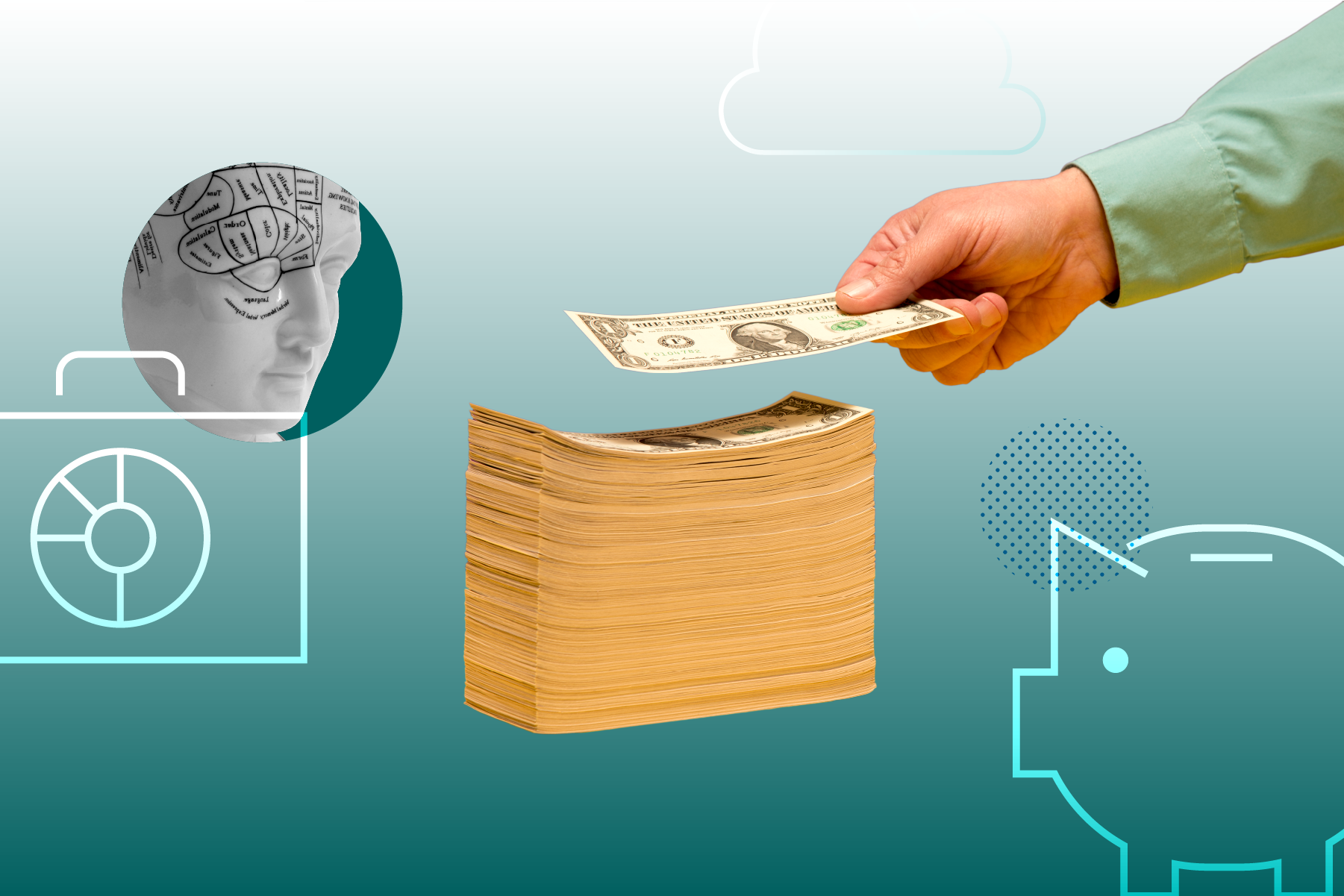Can I Take a Loan From My 401(k)?
Learn the differences between a 401(k) loan and hardship withdrawal, plus why you should set up an emergency fund.

Editor’s Note: A version of this story originally published February 2023.
Keeping up with life’s everyday expenses can be challenging enough. But a crisis moment can derail even the sturdiest budget, especially if you’ve got credit card debt or student loans to account for, too.
The two most common reasons for a recent increase in 401(k) hardship withdrawals were avoiding home foreclosure or eviction and medical expenses, according to data from Vanguard’s 2023 “How America Saves” report. While borrowing from your 401(k) is an option when financial stresses arise, you might want to consider setting money aside in an emergency fund. This is your short-term savings “bank” for unexpected expenses, like a pricey medical bill or job loss.
401(k) Hardship Withdrawal vs. 401(k) Loan: What’s the Difference?
To be clear, any amount withdrawn from your 401(k) will reduce what you have saved for your future. Take the time to consider all your options before you decide to withdraw your retirement funds.
Let’s first break down a 401(k) hardship withdrawal:
- To qualify, you must be facing “immediate and heavy financial need.”
- The amount you receive is limited to the specific need, such as a rent or mortgage payment to prevent eviction or foreclosure, college tuition, or funeral expenses.
- You can’t pay back the amount like you would with a loan. However, expect to pay in other ways:
- You must pay income tax on any untaxed money you receive from the hardship withdrawal.
- You will pay an additional 10% tax if you’re not 59 ½ years of age yet.
For more on 401(k) hardship withdrawals, visit the IRS website.
Here’s how a 401(k) loan is different from a 401(k) hardship withdrawal:
- To qualify, you don’t need to be facing an “immediate and heavy financial need” that is required of a 401(k) hardship distribution.
- The amount you receive is limited: You can borrow 50% of your vested account balance or $50,000, whichever is less.
- You must fully pay back what you borrowed from your plan.
For more on 401(k) loans, visit the IRS website.
If you don’t qualify for a 401(k) hardship withdrawal and need to take a 401(k) loan, Morningstar’s director of personal finance Christine Benz suggests that you prioritize paying back the loan before you try to do any additional investing.
The amount that you’ve borrowed from the 401(k) will earn interest that gets paid back into the account (in essence, you’re paying interest to yourself), but you won’t have the opportunity to get those funds invested in long-term assets like stocks until you get them back into the account.
Christine Benz, director of personal finance and retirement planning
Benz also points out the risk that outstanding 401(k) loans can create for your financial plan: If you lose your job, you’ll typically have a very short period of time to pay back the loan.
How Do I Create an Emergency Fund?
A 401(k) loan comes with some drawbacks, and creating an emergency fund can help you in times of financial need. One of the most critical pieces to setting up an emergency fund is that the cash needs to be accessible. Use a savings account, so you can easily withdraw the funds when you need them. Aim to save three to six months’ worth of living expenses.
Keep in mind, this emergency fund is intended to cover necessities like rent and groceries. If you find yourself in a situation where you’re relying on your emergency fund for other things, prepare to make some budget cuts for the time being.
My Only Option Is to Borrow From My 401(k). Now What?
Benz reiterates that the “gold standard” for covering unexpected expenses is to use nonretirement assets like an emergency fund. Tapping into your retirement assets should always be a last resort.
But if you must, Benz says the second-best option is a withdrawal of Roth IRA contributions.
“Roth IRA contributions (not investment earnings) can be withdrawn at any time for any reason,” she says.
If that’s also not an option, Benz says, “A 401(k) loan will generally be better than taking a loan with a third party—even a home equity line of credit—in that you’re paying the 401(k) loan interest back to yourself.”
Will My Employer Know if I Take a 401(k) Loan?
Short answer: Yes.
Like we mentioned earlier, this loan must be paid back to the borrower’s retirement account. If your employment or plan is terminated, you may be required to pay the full outstanding balance of the loan. Any unpaid amounts become a plan distribution, meaning you’ll have less saved for your retirement.
“Taking a loan later in life might be less harmful to someone’s long-term financial health than would be the case with taking one early on.”
Christine Benz, director of personal finance and retirement planning
Older adults tend to have bigger shares of their portfolios invested in safer assets that yield lower rates of return, so they’re not quite as damaging to miss out on during the period of the loan.
Before you make the decision to take a loan from your 401(k), visit the official website of the IRS for more information.
The author or authors do not own shares in any securities mentioned in this article. Find out about Morningstar’s editorial policies.

/s3.amazonaws.com/arc-authors/morningstar/03956e27-4c76-4923-a5ab-4f03b58352a2.jpg)
/cloudfront-us-east-1.images.arcpublishing.com/morningstar/WDFTRL6URNGHXPS3HJKPTTEHHU.png)
/cloudfront-us-east-1.images.arcpublishing.com/morningstar/IFAOVZCBUJCJHLXW37DPSNOCHM.png)
/cloudfront-us-east-1.images.arcpublishing.com/morningstar/JNGGL2QVKFA43PRVR44O6RYGEM.png)
:quality(80)/s3.amazonaws.com/arc-authors/morningstar/03956e27-4c76-4923-a5ab-4f03b58352a2.jpg)